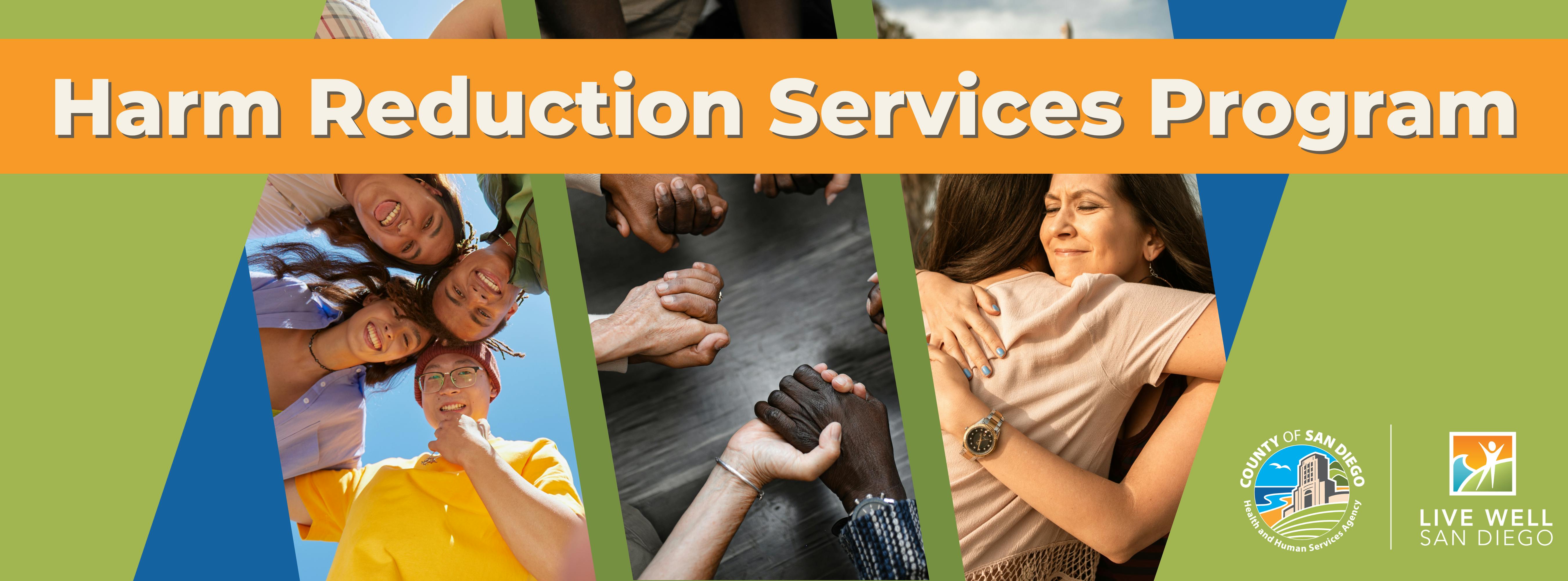FAQs
- Harm reduction services save lives by being available and accessible in a matter that emphasizes the need for humility and compassion toward people who use drugs.
- Harm reduction plays a significant role in preventing drug-related deaths and offering access to healthcare, social services, and treatment.
- These services decrease overdose fatalities, acute life-threatening infections related to unsterile drug injection, and chronic diseases such as HIV/HCV.
- Connect individuals to overdose education, counseling, and referral to treatment for infectious diseases and substance use disorders.
- Distribute opioid overdose reversal medications (e.g., naloxone) to individuals at risk of overdose, or to those who might respond to an overdose.
- Lessen harms associated with drug use and related behaviors that increase the risk of infectious diseases, including HIV, viral hepatitis, and bacterial and fungal infections.
- Reduce infectious disease transmission among people who use drugs, including those who inject drugs by equipping them with accurate information, supplies and referral to resources.
- Reduce overdose deaths, promote linkages to care, facilitate co-location of services as part of a comprehensive, integrated approach.
- Reduce stigma associated with substance use and related disorders.
- Promote a philosophy of hope and healing by utilizing those with lived experience of recovery in the management of harm reduction services, and connecting those who have expressed interest to treatment, peer support workers and other recovery support services.
- Navigation services to ensure linkage to HIV and viral hepatitis prevention, testing, treatment, and care services, including antiretroviral therapy for HCV and HIV, pre-exposure prophylaxis (PrEP), post-exposure prophylaxis (PEP), prevention of mother to child transmission and partner services.
- Referral to hepatitis A and hepatitis B vaccinations to reduce risk of viral hepatitis infection.
- Provision of education on HIV and viral hepatitis prevention, testing, and referral to treatment services.
- Provision of information on local resources and/or referrals for PrEP.
Why use harm reduction strategies?
The goal of harm reduction is to save lives and protect the health of people who use substances and preserve the integrity of their communities. Decades of research have shown that harm reduction strategies such as naloxone distribution and syringe service programs (SSPs) provide significant individual and public health benefits, including preventing deaths from overdoses and preventing transmission of infectious diseases among people who use drugs and the larger community.
Why are harm reduction services needed?
How does harm reduction fit in with prevention, treatment, and recovery?
As a comprehensive prevention strategy, harm reduction is part of the continuum of care. Harm reduction approaches have proven to prevent death, injury, disease, overdose, and substance misuse. Harm reduction is effective in addressing the public health epidemic involving substance use as well as infectious disease and other harms associated with drug use. Specifically, harm reduction services can:
What are examples of harm reduction services?
Does harm reduction increase drug use?
No. Studies have reported that after introducing harm reduction programs there are decreases in drug use because they act as referral points for people wanting to begin drug treatment. Harm reduction meets individuals where they are and offers many resources and services that aim to minimize the negative health, social, and legal impacts associated with drug use.
Will this program increase the number of syringes in my neighborhood?
Programs like the County of San Diego's Harm Reduction Services Program have been shown to reduce the number of syringes on streets and sidewalks. The program collects used syringes from participants in dedicated biohazard containers. Program staff scan the area around the HRSP site to look for loose needles at the end of every session. If needles are found, staff dispose of the loose needles safely in the same manner.
Many municipalities have needle clean-up programs unassociated with the HRSP. If you are concerned about needles in your neighborhood, you can contact the local office, such as the mayor's office or city council.

